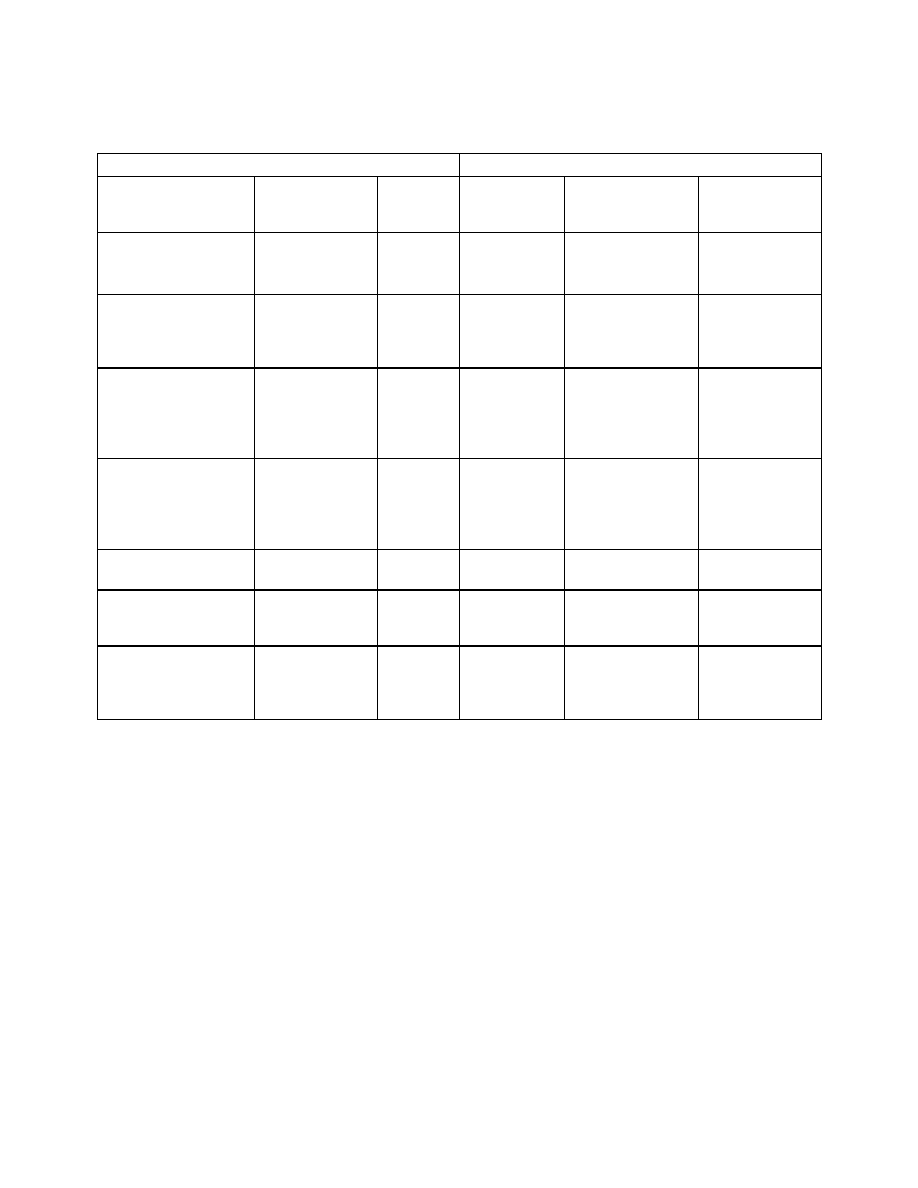
AIM
4/20/23
TBL 5
−
3
−
16
Free Text Uplink Message Elements (TXTU)
CPDLC Message Sets
Operational Definition in PANS
−
ATM (Doc 4444)
FANS 1/A
ATN B1
Response
Message
Element
Identifier
Message Element
Intended Use
Format for
Message
Element Display
UM169 (
free text
)
UM203 (
free text
)
R
TXTU
−
1
(
free text
)
Note
−
M alert
attribute.
UM169 (
free text
)
N/A
R
See Note
(
free text
)
CPDLC NOT IN USE
UNTIL FURTHER
NOTIFICATION
UM169 (
free text
)
N/A
R
See Note
(
free text
)
“[facility designation]”
LOCAL ALTIMETER
(for Altimeter
Reporting Station)
UM169 (
free text
)
N/A
R
See Note
(
free text
)
“[facility designation]
LOCAL ALTIMETER
MORE THAN ONE
HOUR” OLD
UM169 (
free text
)
DUE TO WEATHER
N/A
R
See Note
(
free text
)
UM169 (
free text
)
REST OF ROUTE
UNCHANGED
N/A
R
See Note
(
free text
)
UM169 (
free text
)
N/A
R
See Note
(
free text
)
TRAFFIC FLOW
MANAGEMENT
REROUTE
NOTE
−
These are FAA scripted free text messages with no GOLD equivalent.
En Route Procedures
5
−
3
−
10